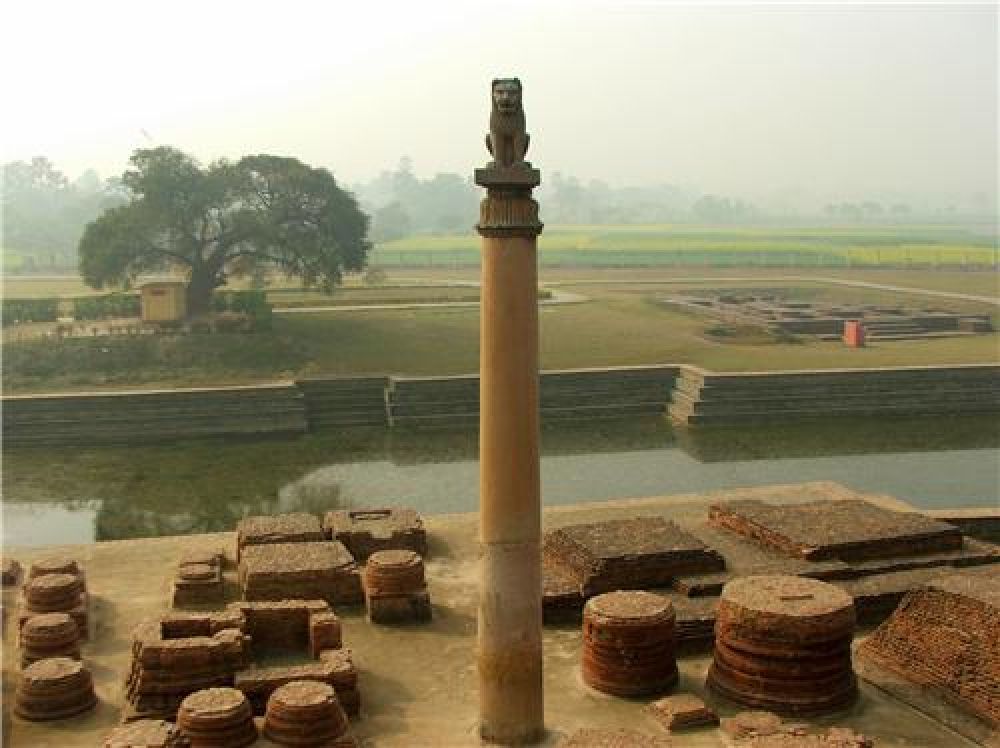

The Ashoka Pillar located in Prayagraj (formerly known as Allahabad), Uttar Pradesh, India, is a timeless emblem of the region's rich historical fabric. This ancient column was originally erected by Emperor Ashoka, one of India’s greatest monarchs, who reigned during the Mauryan Dynasty in the 3rd century BCE. The pillar is a testament to his reign and Buddhist philosophy, as many of such pillars were inscribed with edicts promoting the principles of Buddhism.
Over time, the pillar has experienced multiple historical events, including inscriptions added by later rulers such as Samudragupta and Jahangir, which contributed to its historical and epigraphic significance. This mingling of cultures and eras has turned the Ashoka Pillar into a critical piece of Indian history, attracting scholars and history buffs alike.
Tourism at the Ashoka Pillar has grown over the centuries as Prayagraj became a key city for the confluence of three sacred rivers: the Ganges, Yamuna, and mythical Saraswati. The city has been a major center for religion, culture, and learning, drawing visitors from all parts of India and beyond.
The British era added a new layer to the city’s appeal as they developed the infrastructure that made Prayagraj an accessible hub for travelers. The famed Kumbh Mela, the largest peaceful gathering in the world held in Prayagraj, has also been instrumental in putting the city on the global tourism map, thereby increasing visitors' interest in historical monuments like the Ashoka Pillar.
As the tourism industry evolves, Prayagraj has seen a shift towards experiential and cultural tourism. Visitors are now seeking immersive experiences that connect them more deeply with the local history, culture, and spirituality. The trend towards eco-friendly tourism is also gaining traction in the region, as travelers become more concerned about their environmental footprint.
The city's authorities have made efforts to preserve the historical site while improving tourist amenities like guided tours, information centers, and digital platforms that provide background information and stories about the Ashoka Pillar. Authentic interactions, such as local cultural performances and festivals, have also been incorporated into the tourism offerings, enriching the experience for visitors.